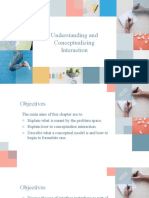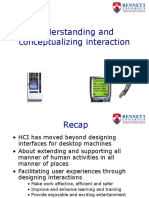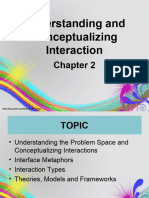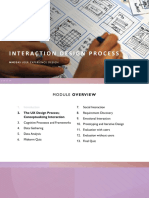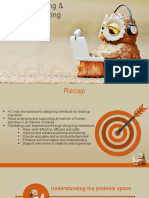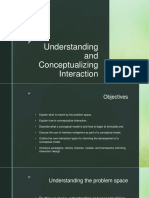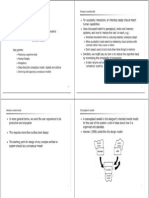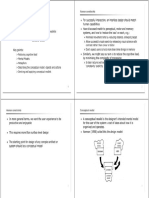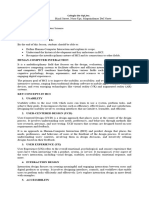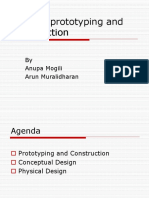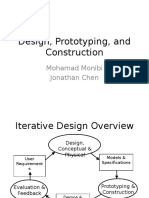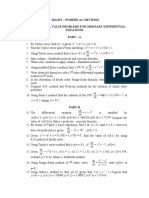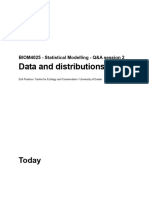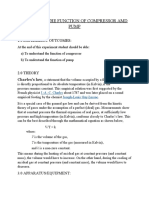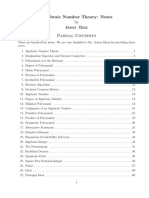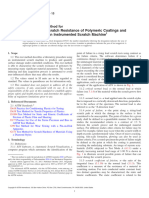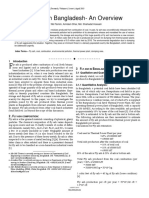0% found this document useful (0 votes)
172 views16 pagesLU2-Part 1c
This document discusses conceptualizing interaction in interaction design. It covers topics such as conceptual models, assumptions, claims, paradigms, visions, theories, models and frameworks that can be used to conceptualize interaction. Conceptualizing interaction is important to check ideas and assumptions before building anything. Conceptual models provide a framework to understand how a system is organized and operates.
Uploaded by
munieraanuar01Copyright
© © All Rights Reserved
We take content rights seriously. If you suspect this is your content, claim it here.
Available Formats
Download as PDF, TXT or read online on Scribd
0% found this document useful (0 votes)
172 views16 pagesLU2-Part 1c
This document discusses conceptualizing interaction in interaction design. It covers topics such as conceptual models, assumptions, claims, paradigms, visions, theories, models and frameworks that can be used to conceptualize interaction. Conceptualizing interaction is important to check ideas and assumptions before building anything. Conceptual models provide a framework to understand how a system is organized and operates.
Uploaded by
munieraanuar01Copyright
© © All Rights Reserved
We take content rights seriously. If you suspect this is your content, claim it here.
Available Formats
Download as PDF, TXT or read online on Scribd
/ 16




